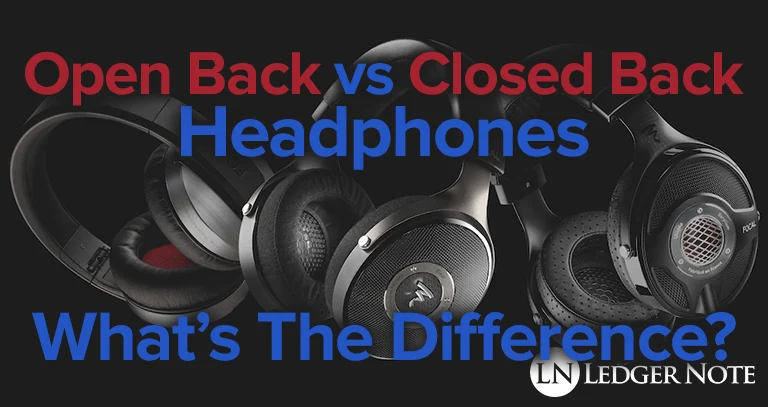
There’s so much more to the story when it comes to choosing a set of headphones. If you score even a higher tier of consumer level headphones then that’s about all you’ll need.
They’ll have a 1/8th inch headphone jack and probably a 1/4 inch adaptor. You can plug them into your smart phone or MP3 player and you’re rocking and rolling.
But what about the professional quality headphones from the music recording industry?
If you’ve been on the hunt for even an hour you’ll likely have encountered the concept of a headphone amplifier… what’s that about? Impedance.
What’s this about open backs? Won’t everyone around me hear what I’m listening to? And won’t I hear all of the sounds going on around me too? Yep.
But there’s as much of a reason to buy a set of those as there is to snagging closed back headphones too.
We’re going to hit all of the main points you need to consider before you commit to a purchase, and even point you towards our list of suggestions.
Everything you need to know is right here, so strap in and get ready because we’re not going to waste anytime discussing open back versus closed back headphones.
Let’s cover the difference between these two types of headphones first and the pros and cons of each. This will guide you depending on the main application for which you need them.
Then we’ll cover why you want a professional set of headphones over cheaper consumer options. Then I’ll teach you about headphone amplifiers so you’ll be in the know and can finally figure out which set you want to purchase.
Take a look at our buying guide: The Best Studio Headphones for Mixing & Recording
Once you know what’s what, you can return to that post for our personal recommendations.
What is the Physical Difference Between Open vs Closed Headphones?
The difference between an open back and a closed back in ear phones, as you’ve likely surmised from photos alone, is that the backside of the woofer is in some way open and exposed to the outside environment.
Usually the solid plastic is replaced with a metal grill that is perforated with regularly spaced holes.
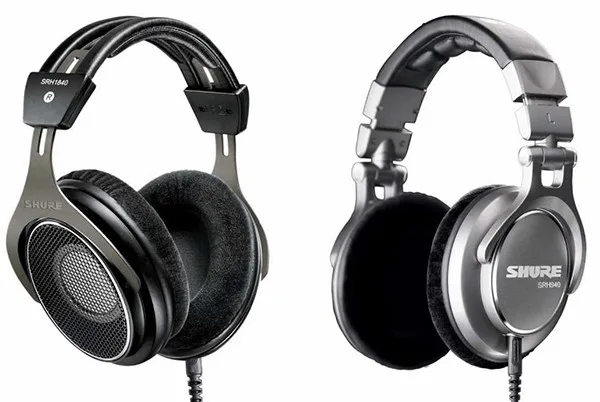
That is the entire difference but the implications are fairly vast.
We should also go ahead and mention early that although you can find closed back headphones that sit on top of the ear instead of wrap all the way around them like in the circumaural type, if you choose to opt for closed back cans that you should buy the circumaural design.
This is to ensure that you get a solid seal all the way around your ear. Now, there are obviously benefits and also negative aspects to both kind. Let’s cover those by type.
Pros & Cons of Closed Back Headphones
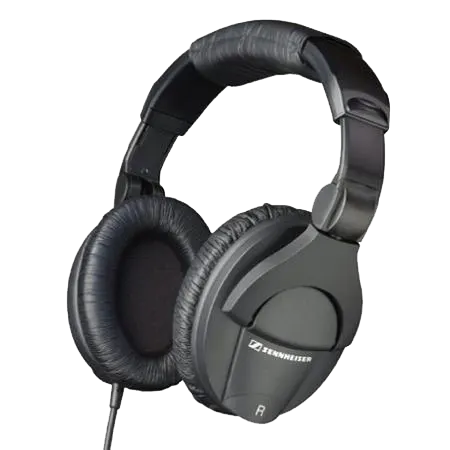
The benefits of closed back headphones should not be underestimated. I’d venture to say that 95% of people looking to purchase a nice set of headphones should go for a closed back.
The reason is two-fold: Not only do they keep others from being annoyed by what you’re listening to, but they isolate you from the sound around you.
This is extremely critical in two cases:
- You are studying a mix or actively working on mixing and mastering
- You are trying to critically listen to music for pleasure
- You want to block out outside noise so you can focus
Those are great benefits when you are in a noisy environment such as the bus or train to work, chilling in your cubicle, or whatever other circumstances you find yourself in where you need to block out the world.
But that doesn’t come without a cost. The cost is minor, but becomes increasingly troublesome as you increase the volume. This is the core difference between open back vs closed back headphones:
The problem is that your ears are operating in a tiny enclosed environment, which means not only are you hearing the direct music from the woofer but also the reflections bouncing off of the backside of the closed back.
Now this is admittedly a very small problem, but if you are trying to pay attention to the most minute detail then it can matter if only slightly. Rest assured most of your listeners will never listen as intently as you are, but a goal is a goal.
The reflections are occurring at such a short time frame of mere milliseconds if that that it truly won’t matter that much, but it should always be mentioned.
The actual negative is that your ear drums are subjected to more pressure than you anticipate thanks to these reflections. They do lose energy as they bounce around but it does shorten the safe exposure time frames. You really shouldn’t listen too loud regardless, but this can compound the issue slightly.
Pros & Cons of Open Back Headphones
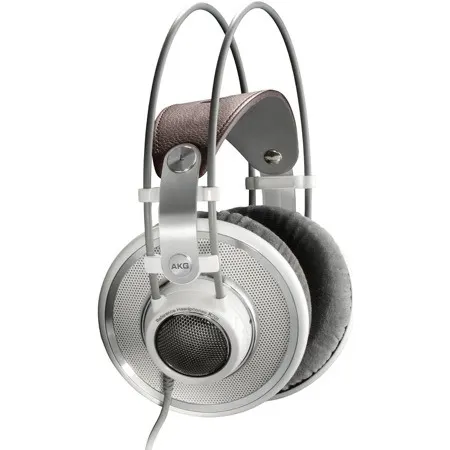
Here’s the caveat with open back headphones: You should only consider them if you will be using them in an environment where others aren’t making noise and is acoustically acceptable to a reasonable degree.
The reason is that not only will sound bleed out of your earphones but sound can sneak into them as well through the open grill.
The only situation I’d recommend open back headphones for is video game players who play solo, people listening for pleasure in a private room, and mixers who operate in a control room without the nuisance of other people and air conditioner sounds, etc.
The reason this is a preferred option for mixers who need to reference their work even beyond their best mixing monitors is that it allows for longer exposure to loud music.
It’s also a direct pipe right into their ears that dodges all problems of acoustic treatment, although you do add on the problem of unrealistic crossover that can be solved with software but not recommended. That’s not how your listeners will hear your headphone mix.
Some people will buy open back earphones without really thinking about it with the intention of using them while they record.
The problem is that the backing track will bleed out of the headphones and right back into the mic. They are not recommended during the tracking phase of the recording process for this reason.
So When Should I Prefer One Over The Other?
You should choose open back headphones only if they are primarily used:
- For pleasure listening while alone
- When mixing and mastering in an isolated environment
- Anywhere other people don’t mind hearing what you’re hearing
Most of the time most of the people should choose closed back headphones for:
- Needing to hear a backing track while recording
- Listening in any public arena like work or on public transportation
- Blocking out all distraction so you can focus
That pretty much covers all cases. Open back headphones are primarily only for cases where convenience allows for it.
There are other types of headphones, such as on-ear cans and in-ear buds, that carry the same problems that open back ones do, primarily the issue of sound leaking into your microphones or other people’s ears.
Why Should I Buy Professional Over Consumer Headphones?
The question skeptical people ask when they learn that some headphones can be very pricey is “Why?”
“Why should I spend that much on pro headphones when I can get 5 other pairs of consumer level ones?”
It’s a legitimate question. Besides the reasons we’ve covered above for specific professional and pleasure applications, there are two other main reasons to make the leap to the big time:
- Frequency Response
- Distortion
Consumer headphones are made to impress you, not help you get work done. Usually this means they apply what’s known as a smile curve to their frequency response.
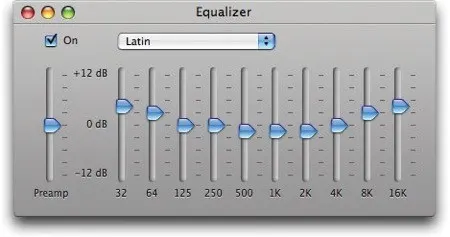
What this does is exaggerate the lows and highs of the music so you can hear the thumping bass and still feel like you can hear the vocals well too, as an example.
People have become so used to this that most music library software even includes it as a default option. It sounds “better” in rooms that have no acoustic treatment. But it’s not the way the music was designed to be heard.
Professional headphones employ a flat frequency curve as much as possible so you can hear the most accurate, transparent version of the audio as was intended. This is especially important if you’re one of those pro’s trying to design the stereo field for listeners.
The other main reason is distortion. Consumer headphones will begin to distort on the low end as you increase the volume until eventually the entire frequency spectrum distorts. A properly powered set of pro headphones don’t have this problem.
It’s a must to accurately study and enjoy music and movies. You’d be surprised at how soon non-pro headphones start to distort as you turn up the volume. This makes them worthless when accuracy matters.
What Should I Know About Headphone Amplifiers?
This is a summary of our longer exploration called “What is a Headphone Amplifier?” Please enjoy that if you want a deeper look at the topic and explore our recommendations on the best studio headphone amplifiers if you decide you need one.
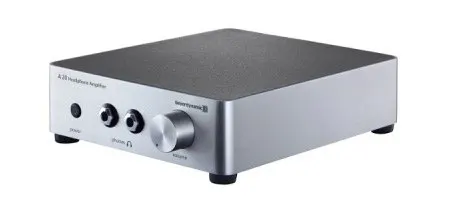
Headphone amps exist for two reasons:
- To power one set of precision flat frequency headphones extremely well
- To power a lot of headphones all at once for a band or listening party
The reason they are needed for pro headphones is because these are built by older specifications that allow them to coil the drivers more to deliver more precise details for you to hear.
The problem is that that creates a need for more voltage to overcome the increased impedance. It’s electricity stuff that boils down to “they need more power.”
What happens if you under power pro headphones is they’ll distort just like consumer headphones but at every volume level depending on the frequencies. The bass region needs a lot of power and will distort sooner but even the mids and highs can be slightly distorting at normal listening volumes.
A fear people have that you don’t have to worry about is impedance matching and over-powering your nice, expensive headphones. You won’t damage them with normal usage. Don’t plug them into a giant P.A. system and crank it to 11 though (duh).
Heads up though. If you have an audio interface that’s also not a consumer toy, it will power your headphones just fine. Otherwise, don’t expect your smart phone or sound card to get the job done. Also, there are portable headphone amps if you want to carry one around.
Open Back vs Closed Back Headphones: Closed Wins!
If you didn’t skim too fast (I’m guilty of it!) you now know all you need to know to choose between an open back or closed back. My advice is that 90% of the time you should go for closed back headphones if you’re only going to buy one set.
That’ll make them useable in more settings without much impact on your mixing, mastering, or pleasure listening. And that’s my final word on open back vs closed back headphones!